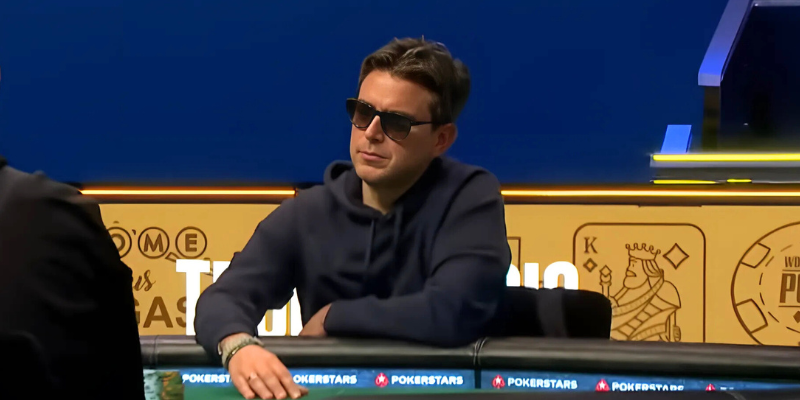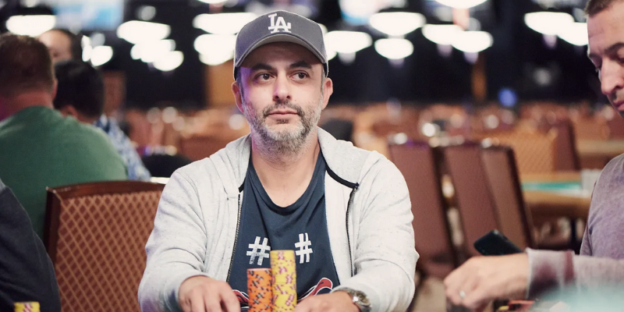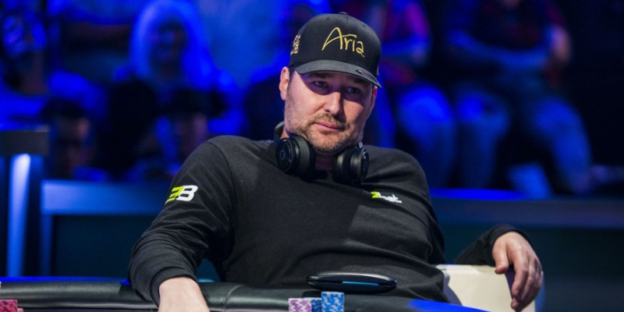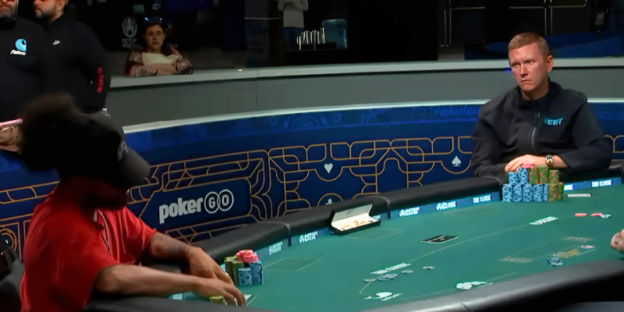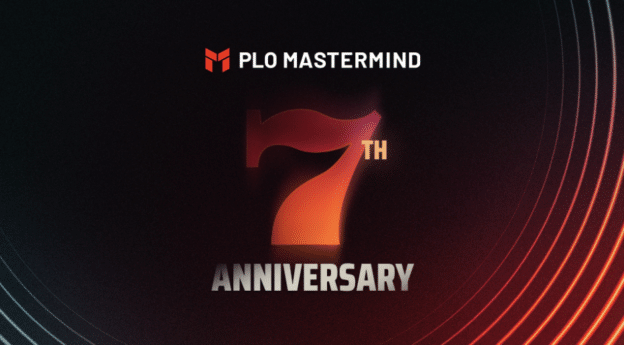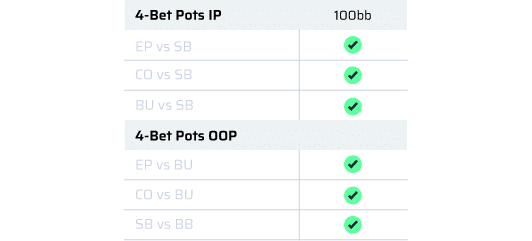Even the greatest players in the world can be put to the test in PLO. Sometimes, you might feel confident in your read, only to end up busting out.
This pivotal hand, from the WSOP $50K PLO Final Table, is a lesson in high-stakes tournament strategy decision-making. We’re breaking down a spot where a high-pressure bluff and a series of strategic choices redefined the outcome for the final players.
Let’s take a look at the players in the final table:
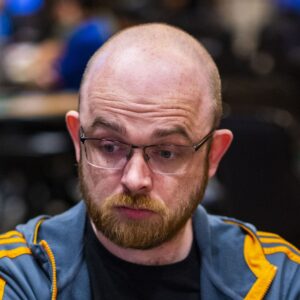
Dylan Linde
A three-time WSOP Bracelet winner and WPT champion with over $13 million in live earnings.

Stephen Chidwick
A British poker pro with over $68 million in live cashes who’s won two WSOP bracelets—both in high-stakes PLO events.

Richard Gryko
A PLO specialist from England with over $5 million in live earnings. He won his first WSOP bracelet in the 2015 €3,250 PLO – 8 Handed Event.
The final table started with Gryko holding a significant chip lead 8-handed. After a series of contested pots Gryko’s stack was dramatically reduced. He then managed his way back to a very clear second-place stack size – approximately 37 big blinds, compared to Linde’s 50 big blinds and Chidwick’s 8.5 big blinds.
With such a massive chip difference between Gryko and Chidwick, Gryko is highly incentivized to play tight until Chidwick is out of the way, as losing chips would be far more damaging to his tournament equity than winning chips would be beneficial. This scenario is referred to as ‘ICM Jail’. The pressure here is on the shortstack to take action, since if they both continue to fold, the shortstack will be the first at risk.
Let’s dive into the preflop and flop action to see how this pivotal hand started unfolding:
The Action Begins
The flop:
2♦6♠8♥
On the flop, the analysts expected Linde (6♥6♦4♠4♦) to bet, Chidwick (K♦T♠8♠7♣) to call or raise, and Gryko (J♥J♦6♣5♠) to get out of the way. Whilst Gryko could certainly have the best hand, he has very few opportunities to improve and the very real chance of Chidwick busting out would be highly beneficial for Gryko.
In Gryko’s eyes, Linde is probably betting this flop all the time. He has position. Chidwick is caught between the two players, and Linde, as the chip leader, likely wants to avoid big risks. This means both players are likely folding a lot. This is a perfectly understandable strategy. It shows Gryko’s clear focus on winning the tournament rather than just accumulating more chips.
If we analyze this spot using PLO Trainer in a cash game setting, a crucial aspect for Gryko’s hand is that there is some possibility to turn the nuts (like with a Jack for example). Given we have our entire range to pick our bluffs from, another hand that makes sense here, for example, is T♠T♦5♣4♠ holding a backdoor flushdraw, a ten, and a double gutter — a straight draw with two different cards that can complete it, like with a 7 or a 3.
The difference between this hand and JJ65 is that there are 18 runouts (future community cards) giving us enough equity to continue betting:
- 8 cards that bring us a straight
- 2 give us a set
- 8 give us a backdoor flushdraw
In contrast, JJ65 only significantly improves on a Jack or a 6, and the hand has no backdoor flushdraw. The very weakest hand the to bluff-raise (Q♠Q♥9♥5♥) also has a gutshot on the flop. So, in this scenario, how the ‘runouts’ affect the hand’s strength is key.
After Linde’s very small bet and Chidwick’s call, Gryko raised his pair of jacks. He hoped for Linde to fold, which would increase his chances of either eliminating the shortstack or winning the pot outright. So far, so good, until Linde calls and Chidwick folds.
The action on the flop created a new, challenging dynamic. Instead of a showdown against the short-stack, the player now found themselves in a massive pot against the chip leader. Gryko expected Chidwick’s range to be stronger than Linde’s, and he may be right, but unfortunately that didn’t turn out to be the case this hand.
Let’s continue watching the hand and then analyze the decisions made, focusing on what ultimately went wrong.
Turn Play & Showdown
The turn:
2♦6♠8♥ → 3♦
On the turn, Gryko picks up a gutshot straight draw and a straight blocker to go along with his middle pair and overpair. Attempting to maximize the chances his opponent will fold, he check/shoves over Linde’s 10bb bet. Unfortunately for him, he runs into one of the best possible hands Linde can have.
The issue on the turn is the risk premium – the high cost of losing relative to the reward of winning, particularly in a tournament setting with significant prize implications. If Gryko gives up on the turn, he will have 30 big blinds left, with Chidwick at just 7bb. Losing an all-in against Linde means getting third place. If Linde loses an all in against Gryko, he still has a larger stack than Chidwick.
From an ICM perspective, it is difficult to say the all-in was justified. However, Gryko may have had a live read on Linde, or wanted to maximize his chances of winning the tournament and expects Linde to mainly show up with wrap type hands (multiple straight draws) where Gryko would be slightly ahead.
Unfortunately, this time, he ran into it. Linde ends up making a Full House when the 3♠ river pairs the board.
Key Takeaways
This hand offers a valuable lesson in balancing aggression with strategic context. The key takeaway is not just about the specific hand, but about the decision-making process itself.
Gryko’s perception of Linde’s betting frequency likely played a role, leading to a bluff-raise that aimed to either win the pot immediately or get heads-up against Chidwick in a favorable position. However, this spot shows the importance of selecting hands with robust equity and multiple paths to victory when making a high-pressure play.
After the call from Linde, the situation became a complex challenge. While Linde was expected to have a decent number of wraps here, his hand was able to play for Gryko’s stack without putting much risk into his own elimination.
After this hand, Linde entered heads-up play against Chidwick and went on to win the event, locking up his third WSOP bracelet and a $2.1 million payday.
